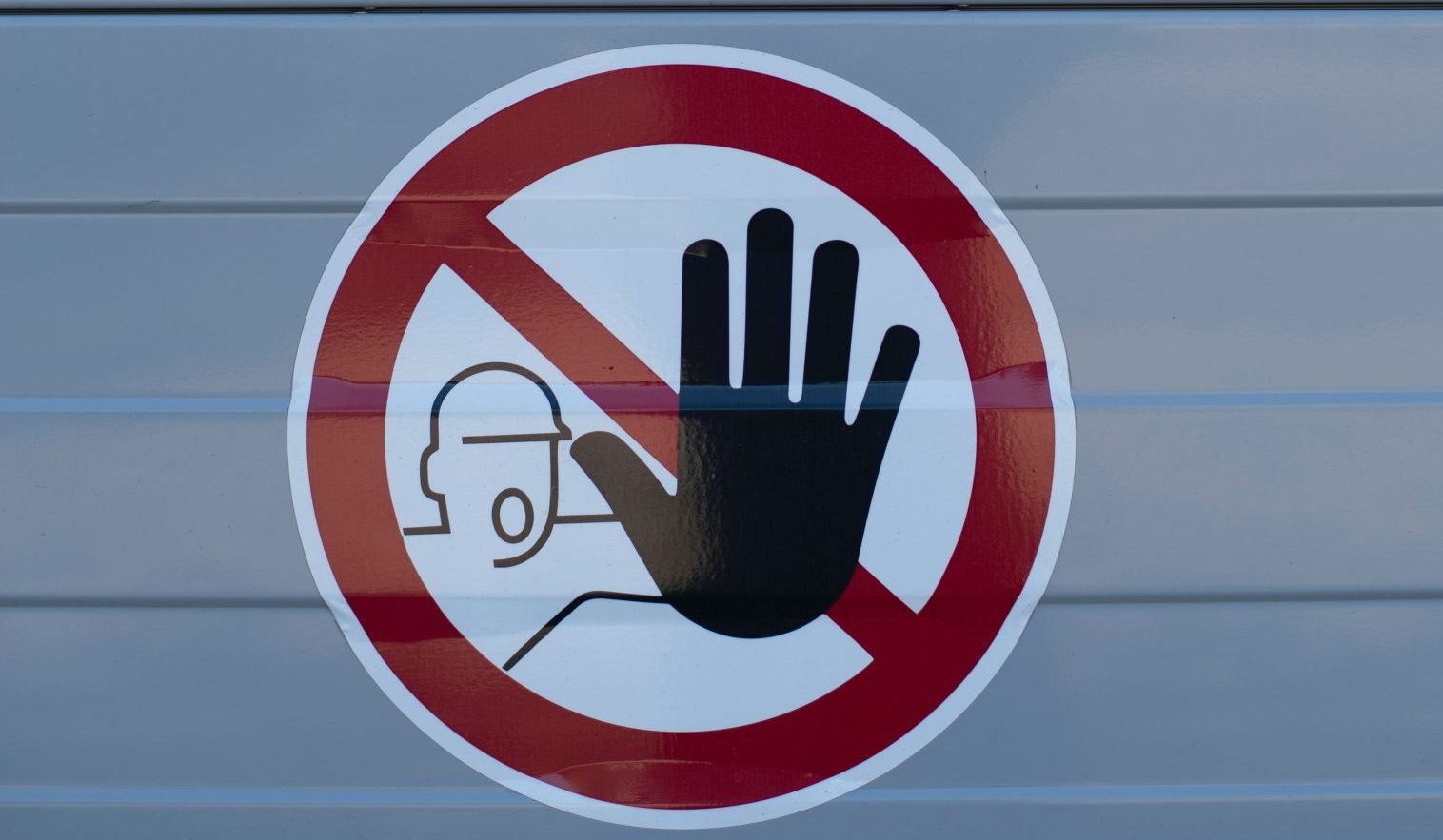 Nada Khan is an Exeter-based NIHR Academic Clinical Fellow in general practice and GPST4/registrar, and an Associate Editor at the BJGP. She is on Twitter: @nadafkhan
Nada Khan is an Exeter-based NIHR Academic Clinical Fellow in general practice and GPST4/registrar, and an Associate Editor at the BJGP. She is on Twitter: @nadafkhan
It’s been, so far, another tough winter on the NHS frontline. In recent weeks, a perfect storm of flu, Covid, Strep A and a litany of respiratory bugs has led to exceptional demand in general practice for urgent on the day appointments. Many GP surgeries are taking action to limit same-day appointments after being left trying to cope with unsafe numbers of patients on the duty list. What are safe workload limits in general practice, and how can these limits be implemented in practice?
It feels a bit like a dangerous game of hot potato – who is going to be left holding the sick patient?
Quantifying safe working in general practice is difficult, as workload is dependent on practice list size, patient population, workforce and staffing factors.1 Despite this complexity, I was surprised at the paucity of research around safe levels of working in general practice. A 2015 questionnaire of 25 European countries found that those nations with more than 25 direct patient consultations per day found general practice unsustainable, with more problems in GP retention and recruitment.2 As a guide, the BMA suggests that 25 direct patient contacts a day (at 15 minute appointment times) is safe, but also suggests that patient complexity should be taken in to account in safe working. Whilst a GP might be able to safely complete a maximum of 35 low-complexity routine appointments, 15 complex appointments relating to long-term or mental health could be viewed as unsafe.3
The number of patient contacts is somewhat easier to predict and manage in a pre-bookable appointment system. But what about on the day demand, or the duty doctor system for urgent appointments? Of 455 GPs who responded to a recent GPonline poll, 60% said they delivered more than the 25-contact limit every day. A further 17% said they exceed the limit more than once a week.4 Much of this is driven by same day demand. The BMA ‘strongly recommends’ moving away from an duty doctor system with uncapped demand as this can lead to unsafe levels of patient contacts.
But what happens when on the day duty lists are capped? Amongst regularly updated guidance on safe working practices (which all fulfil the requirements of the GMS contract), the BMA recommends directing patients to 111 or 999, or using a ‘waiting list’ service for patients where the daily safe capacity for appointments is exceeded.5 With the NHS in crisis mode, it’s unlikely that these services can handle an unlimited extra demand. The BMA workload control document acknowledges this, stating that ‘the great difficulty in implementing a change to safe working within a practice is the inability to divert patients to other trusted and integrated primary care settings’.3 It feels a bit like a dangerous game of hot potato – who is going to be left holding the sick patient?
When NHS trusts are working at unsafe levels, this triggers alerts under the Operational Pressures Escalation Levels (OPEL) framework. OPEL allows NHS Trusts to report levels of operational pressures based on staffing, patient flow and high demand for emergency and acute care services. At OPEL 1 (the happy end of the scale), Trusts are meeting demand within resources, but OPEL 4 (the ‘let’s start to panic’ end of the scale) means that Trusts are unable to deliver care safely. At OPEL 4, certain actions and escalation plans are taken to recover capacity and ensure patient safety. For instance, non-essential meetings and training may be cancelled, with consultants and clinical nurse managers running regular board rounds to get patients discharged out of hospital with any expediency.
Increasingly, it seems that demand is outstripping capacity in an underfunded and understaffed NHS.
The OPEL system does not cover primary care, so in February 2020 a general practice system, the General Practice Alert State (GPAS) was launched by Devon LMC. The GPAS includes two main input criteria: patient flow (appointment numbers and waiting times) and staffing levels. At GPAS green, practices are appropriately staffed with sufficient capacity, and likely to be working at BMA recommended safe working limits. Moving up through amber to red, practices are under severe pressure, unable to meet patient demand and GPs are continuously working beyond safe working limits, and immediate action is needed to mitigate the situation.6 The final level (black) means that the practice is unable to provide safe care and there is a risk of service failure. Not a situation that any practice wants to be in, but the recent Devon LMC dashboard demonstrates that many practices have indeed been working at this highest alert category throughout December 2022. The hope is that monitoring and reporting the status of general practice with an OPEL-type assessment will highlight significant pressures, with triggers for system-wide responses. These responses need to be agreed, but might include suspension of non-core work, freeing up local support packages and discretion over local enhanced services to allow practices to focus on acute pressures.
Increasingly, it seems that demand is outstripping capacity in an underfunded and understaffed NHS. Demands in primary care are beginning to be systematically assessed through GPAS, which is being rolled out nationally, so consider if your practice can provide anonymous reports to your local LMC to document workload pressures. At a practice level, capping duty lists has been a necessary approach to maintain safe levels of working, but with patients diverted to other services experiencing similar pressures, it’s unclear what the overall impact will be on patient safety in the long-term.
References
1. Safe working in general practice. London: British Medical Association; 2016.
2. McCarthy M. Sustainable general practice: looking across Europe. Br J Gen Pract. 2016;66(642):36.
3. Workload Control in General Practice – Ensuring Patient Safety Through Demand Management. London: British Medical Association; 2018.
4. Philpotts E. Most GPs exceed safe limit for appointments every working day, poll reveals [Available from: https://www.gponline.com/gps-exceed-safe-limit-appointments-every-working-day-poll-reveals/article/1808958.
5. Safe working in general practice: British Medical Association; [updated 5 January 2023. Available from: https://www.bma.org.uk/advice-and-support/gp-practices/managing-workload/safe-working-in-general-practice.
6. General Practice Alert State (GPAS) FAQs: Kent LMC; [updated 1 August 2022. Available from: https://www.kentlmc.org/generalpracticealertstategpasfaqs.
Featured photo by Markus Spiske on Unsplash







Nada Khan is an Exeter-based NIHR Academic Clinical Fellow in general practice and GPST4/registrar, and an Associate Editor at the BJGP. She is on X:…
Nada Khan is an Exeter-based NIHR Academic Clinical Fellow in general practice and GPST4/registrar, and an Associate Editor at the BJGP. She is on X:…